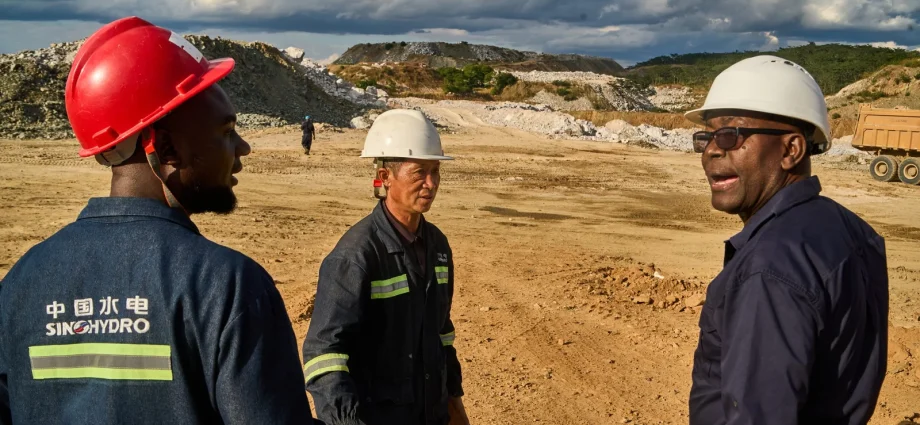As Zimbabwe’s lithium industry booms, fueled by Chinese investment and the global EV demand, locals like Darlington Vivito are risking everything for a share of the wealth.
On a cold, misty evening in March 2023, 22-year-old Darlington Vivito said goodbye to his parents at their modest homestead in Bikita, southeastern Zimbabwe. He dressed in layers for the long night ahead and quietly left to meet his cousin at the local shopping center. They wandered around shops and roadside eateries to avoid drawing attention.
As night fell, the cousins met up with a group of other young men. Together, they hitchhiked out of town, then trekked 8 kilometers through thorny bushland toward the sprawling Bikita Minerals mine — home to Zimbabwe’s largest known lithium deposit. Under the cover of darkness, they slipped into the heavily guarded site.
The mine spans approximately 1,500 hectares and is constantly patrolled by armed security in trucks and on foot. Vivito and his companions avoided detection by heading to a secluded section of the mine. Using flashlights, they searched through piles of lithium-bearing rock discarded by day-shift workers. Their goal was to gather high-grade ore and fill sacks with fragments — work done quickly and quietly, while security teams prowled the grounds. Nearby, other illegal miners operated in separate zones, each group keeping watch for trouble.
Zimbabwe is rich in minerals, yet decades of mismanagement, corruption, and uneven development have left many citizens feeling excluded from the country’s natural wealth. Small-scale mining has become widespread, often operating outside legal frameworks. It’s estimated that 1.5 million Zimbabweans are involved in artisanal or informal mining — but only about 15% hold valid permits. Some mine on abandoned land; others, like Vivito, take extreme risks by entering active commercial or state-run mines illegally.
The global shift toward electric vehicles (EVs) has triggered a sharp increase in demand for lithium — a key ingredient in EV battery production. Zimbabwe, with some of the largest known lithium reserves in the world, has emerged as Africa’s top exporter of the mineral. In 2018, the country earned just $1.8 million from lithium exports. By the first quarter of 2025, that figure had skyrocketed to over $80 million. Yet, for many Zimbabweans, the promise of prosperity remains out of reach.
Since late 2021, several major lithium mines in Zimbabwe have been acquired or developed by Chinese companies. Their arrival has brought investment, infrastructure, and jobs — but also controversy. Locals have raised concerns about environmental damage, lack of community involvement, and limited economic benefit for ordinary citizens. In the absence of inclusive policies, some have turned to desperate — and dangerous — means of survival.
Darlington Vivito’s story is not unique. But it is a sobering reminder that behind the batteries powering the world’s electric future lies a chain of exploitation, inequality, and risk — too often ending in silence at the bottom of a mine.















